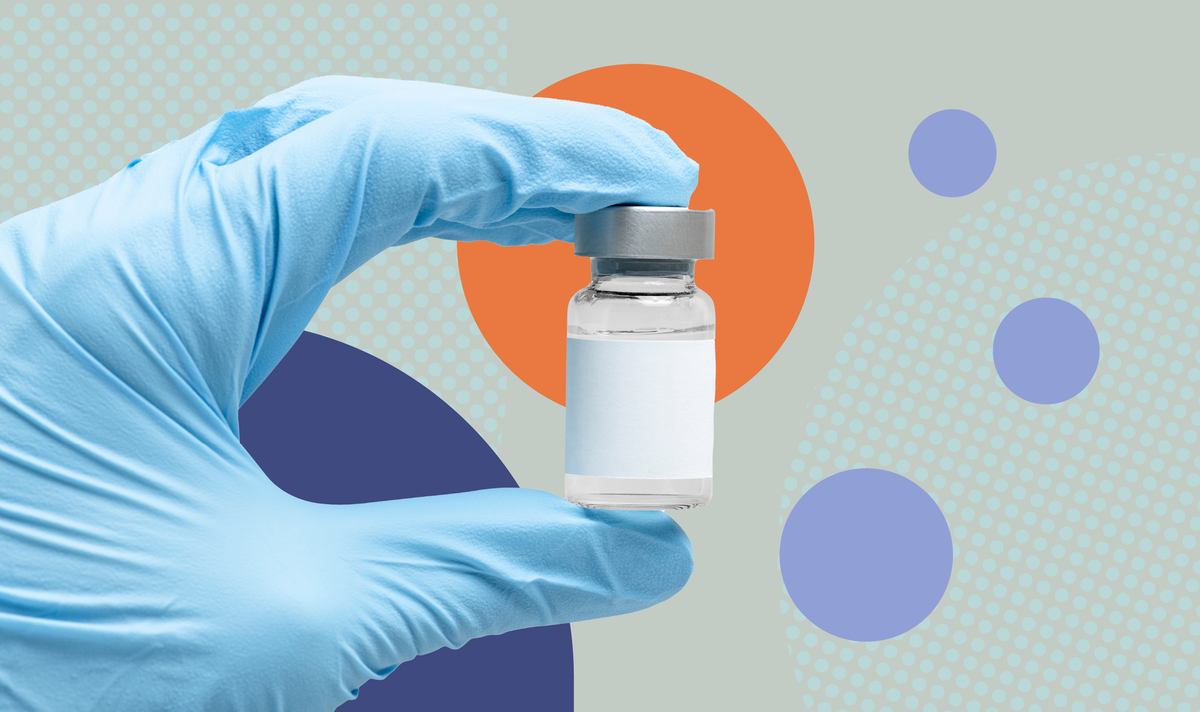States’ moves to protect COVID-19 vaccine access draw praise
Plus, the president’s social media post sparked a debate about childhood vaccine safety after a child died of a rare measles complication.

Plus, the president’s social media post sparked a debate about childhood vaccine safety after a child died of a rare measles complication.
This week, state leaders worked to expand COVID-19 vaccine access while the federal government continues to promote misleading and inconsistent vaccine messaging. Following the FDA’s limited approval of the 2025-2026 COVID-19 vaccines, leaders in over a dozen states were lauded for working to ensure that the vaccines would be available to their residents. Meanwhile, a video shared by the president resurfaced several myths about vaccine ingredients that the health secretary has also promoted. Finally, a child’s tragic death from a rare measles complication sparked conversations about the importance of herd immunity.

Insights brought to you by the reporters and science writers of Public Good News (PGN), a nonprofit newsroom dedicated to improving community health.
What’s trending in vaccine conversation:
Since the FDA narrowed the eligibility of the 2025-2026 COVID-19 vaccines on August 27, over a dozen states have taken steps to protect access. California, Oregon, and Washington formed the West Coast Health Alliance to “provide evidence-based unified recommendations.” Meanwhile, Arizona, Colorado, Connecticut, Illinois, Minnesota, Nevada, New Jersey, New Mexico, New York, Pennsylvania, and Virginia have issued executive orders or state guidance allowing providers to administer vaccines to people not covered under the new federal guidelines. Many political figures and social media users celebrated the news, with some hoping that their state would follow suit. Posts argued that the actions will not be enough to ensure access and expressed concerns about insurance coverage and cost. Critics called the state policies “tyranny” and suggested the federal government should block them. Some posts mocked people who want the vaccine, promoted myths about the safety of COVID-19 vaccines, and falsely claimed that all vaccines are harmful.
On September 8, President Donald Trump posted a social media video promoting false and misleading claims about the safety of thimerosal. The video claims that researchers are “very afraid” of thimerosal and that the substance is “immensely toxic” and can cause neurodevelopmental disorders like autism. Responses generally echoed the false claims from the video, which has spread across platforms. However, pro-vaccine figures pushed back, accurately noting that thimerosal is only harmful in far higher doses than are present in vaccines and that the ingredient, while safe, is rarely used in vaccines in the U.S.
Late last week, California health officials confirmed that a child died of a rare measles-related complication called subacute sclerosing panencephalitis, which can develop years after the initial infection. The child was reportedly too young to be vaccinated when they were infected. Social media posts sharing the story emphasized the importance of herd immunity and encouraged others to vaccinate themselves and their children. Many users expressed grief and frustration, blaming the anti-vaccine movement for undermining vaccine trust. However, vaccine opponents responded to the story by denying the link between SSPE and measles, minimizing measles’ severity, claiming that natural immunity is better than vaccination, and repeating myths about the safety of the MMR vaccine.
Read the fact checks:
- USA Today: Which states have taken action on COVID-19 vaccine access after FDA, CDC turmoil?
- PBS News: What to know about thimerosal, vaccine preservative from bygone flu-shot debate
- The Conversation: Child dies from complications of measles years after infection – SSPE explained

Recommendations brought to you by the health communication experts behind Infodemiology.com.
Recommendations for public health professionals
Each week, the Infodemiology.com team will provide messaging recommendations in response to some of the trending narratives outlined above. Use these helpful tips when creating content, updating web pages and FAQs, and to inform strategy for messaging about vaccines.
Online conversations continue to underscore confusion about COVID-19 vaccine eligibility and cost. Health communicators may encourage people to speak to their health care provider, pharmacist, or insurance provider to learn more about their eligibility. Messaging may explain that over a dozen states have made it possible for residents to get a 2025-2026 COVID-19 vaccine even if they are under 65 and have no underlying conditions. Additionally, people may be able to get a vaccine with a prescription from their doctor.
Conversations about vaccine ingredients allow health communicators to highlight the decades of research showing that all ingredients in vaccines are safe and have been well tested. Messaging may explain that vaccines undergo multiple rounds of safety testing before they are approved for use. Messaging may also emphasize that thimerosal is a preservative that makes vaccines safer by preventing contamination.
A child’s tragic death from a rare measles complication years after having been infected highlights the importance of herd immunity to protect those who are too young to be vaccinated. Messaging may emphasize that measles is highly contagious and spreads easily among unvaccinated people. Health communicators may explain that vaccination is the only safe way to protect against measles and keep themselves and their communities safe.
Interested in recommendations tailored to health care providers? Click here.
